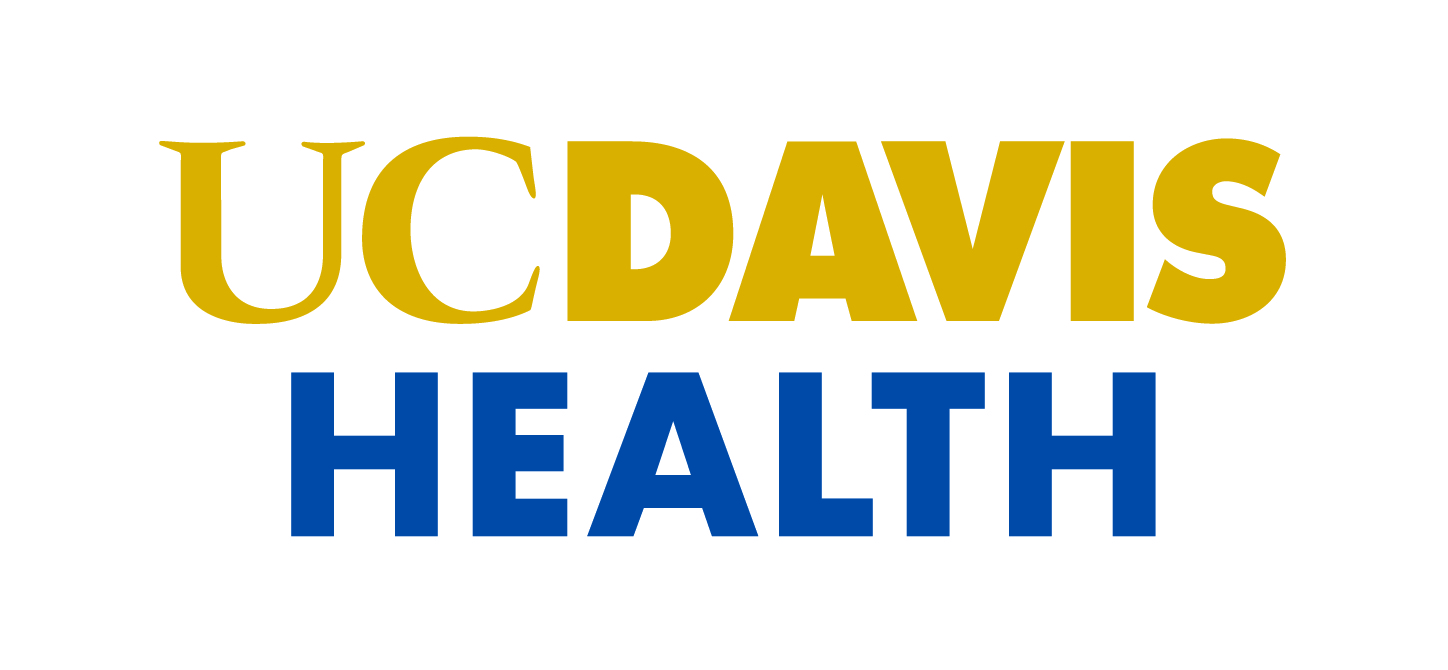Newswise — Neurosurgical oncologist and professor Orin Bloch has been appointed as the new co-leader of UC Davis Comprehensive Cancer Center’s Biomedical Technology Program effective Dec. 1. Bloch is replacing Chief of Nuclear Medicine Ramsey Badawi, who is stepping down from the role this year.
“We want to thank Dr. Badawi for his indefatigable and effective service as the program’s co-leader and his willingness to remain active as a member, mentor, and colleague,” said UC Davis Comprehensive Cancer Center Director Primo “Lucky” Lara, Jr.
Bloch is an internationally recognized leader in the management of patients with brain cancer. His clinical practice is focused on innovative treatments for benign and malignant tumors of the brain and skull base, including metastatic disease to the brain. Bloch directs the UC Davis Brain Tumor Immunotherapy Laboratory, funded by support from the National Cancer Institute. He has been the principal investigator for multiple national clinical trials of vaccine and checkpoint immunotherapy, which is a treatment that blocks proteins that stop the immune system from attacking cancer cells.
“Dr. Bloch brings a unique clinician-scientist’s perspective, which will facilitate the translational aspects of the program,” said Lara. “He is an actively practicing neurosurgeon with a research program focused on developing new approaches to treat glioblastoma, a type of aggressive brain cancer that is on the rise.”
The Biomedical Technology Program combines a range of disciplines (physical sciences, biology, medicine, and engineering) with the goal of generating innovative advances in cancer research, diagnosis and therapy.
“I look forward to collaborating with my co-leader and collaborator Laura Marcu as we work together to take the program to the next level of excellence,” said Bloch. “The immense scientific and technological expertise at UC Davis is what drew me here as faculty, and I look forward to applying these strengths to advance cancer research and translate diagnostic technologies to the clinical setting.”

